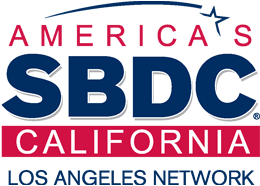Commercial Real Estate lending is a common business banking solution offered by many banks. Within Commercial Real Estate lending, purchases are divided into owner occupied and investment properties. This article presents an overview of each and an examination of the difference between the two.
Owner Occupied deemed properties:
Owner occupied deemed properties exist when a business owner operates his/her own business out of a commercial property for which their business is the sole tenant or anchor tenant. When purchasing or refinancing an owner occupied facility, there are a few ways you can finance the facility. You can do a traditional real estate note or utilize an SBA (Small Business Administration) backed real estate note. For this first post in the series, I will stick to the traditional lending product and in the next post I will go through SBA lending.
Investment deemed properties:
Investment deemed commercial real estate properties are when you have third-party tenants occupying the facility or where your operating entity uses less than 40% of the total square footage of the property. Investment properties can also be apartment complexes or multi-unit facilities that are held in a corporate entity, most commonly a Limited Liability Company (LLC). When purchasing or refinancing investment deemed properties, a traditional real estate note is the only option for banks to conduct financing.
Differences:
- Cash flow consideration – Most financial institutions look closely at cash flow when determining whether or not to extend a loan. When a bank looks at an owner occupied facility, the cash flow and financial ratios come from the operating entity and the rent is not a large factor in the underwriting process. The opposite is true for “D&I” properties where the cash flow is first determined by the rents and if those rents can cover the debt service on that property.
- Structure of loan – Owner occupied facilities generally have more flexibility on the terms whereas investment deemed properties usually match up the term to the average maturity date on the leases.
Every financial institution may differ on their underwriting guidelines when it comes to commercial real estate financing. It’s important to understand the structures available to you, along with the different options. Your banker can answer these questions and help you identify the best product for your business needs.





